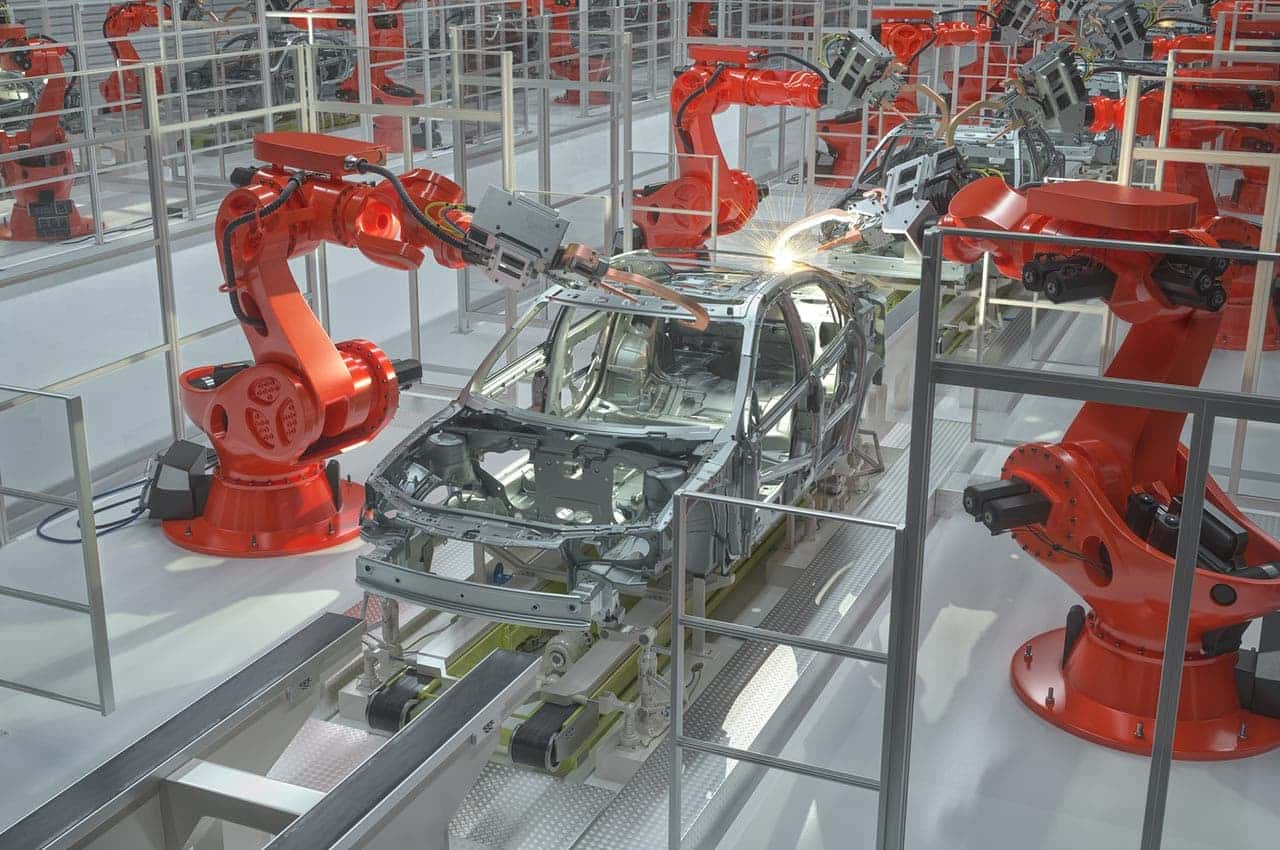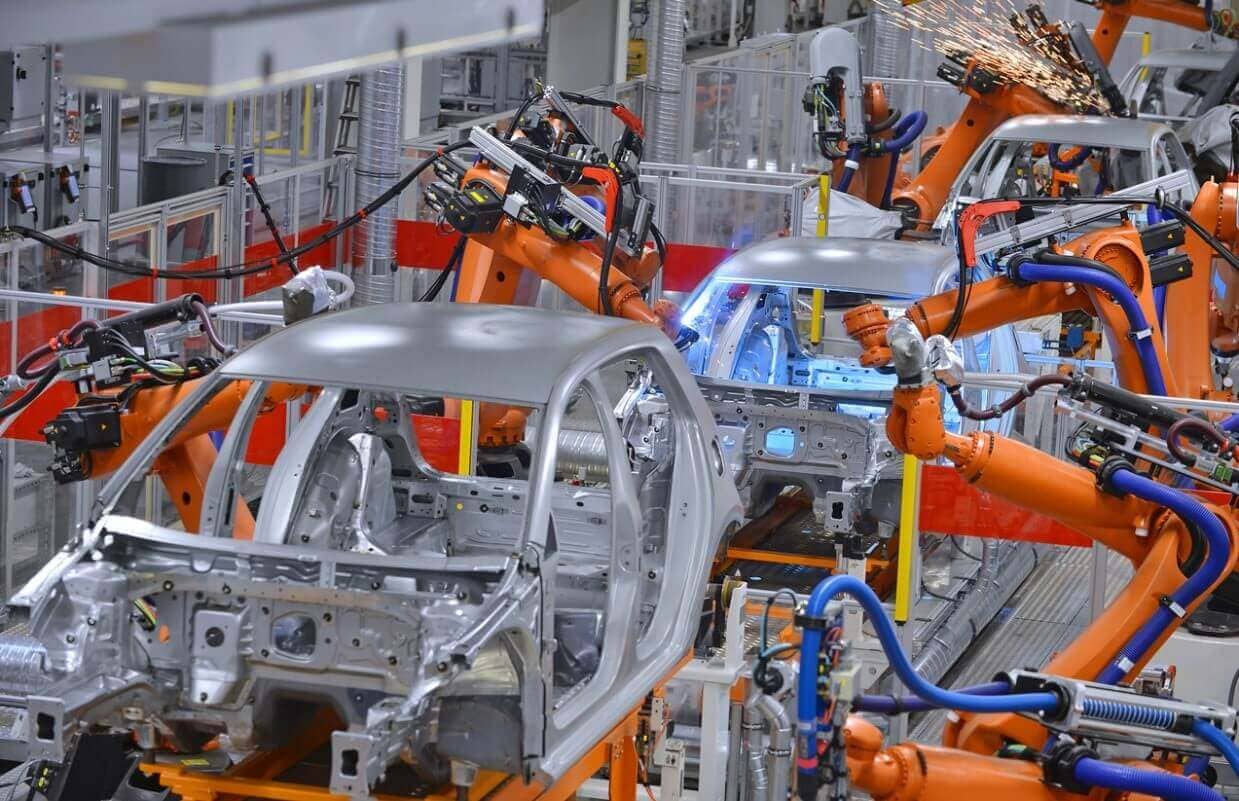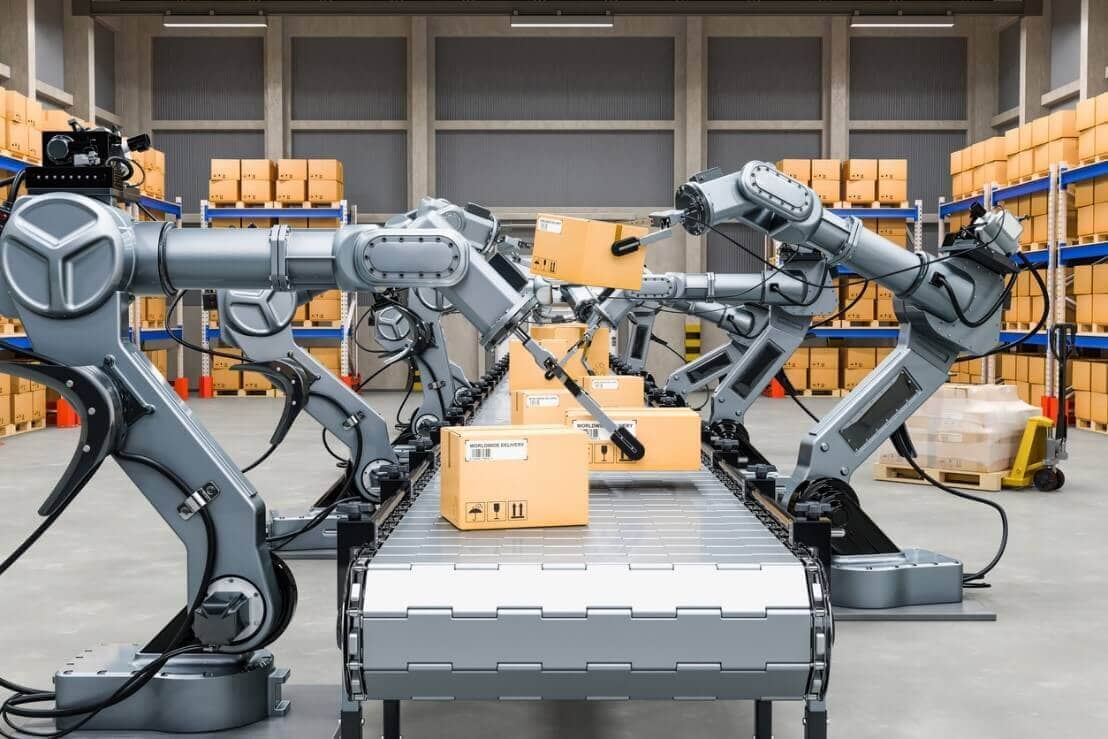According to a recent report, more than six million workers are worried that their jobs could be replaced by machines over the next decade. This comes on the back of a study from the IPPR, who estimated that 44 per cent of jobs in the UK could currently be automated - equivalent to 13.7 million workers
But is there enough evidence to suggest mass unemployment is imminent? And should we see the exponential rise of technology as an opportunity rather than a burden?
Here, we will look at some of the most publicised examples of robots in the workplace and the potential ramifications to the global workforce.



















